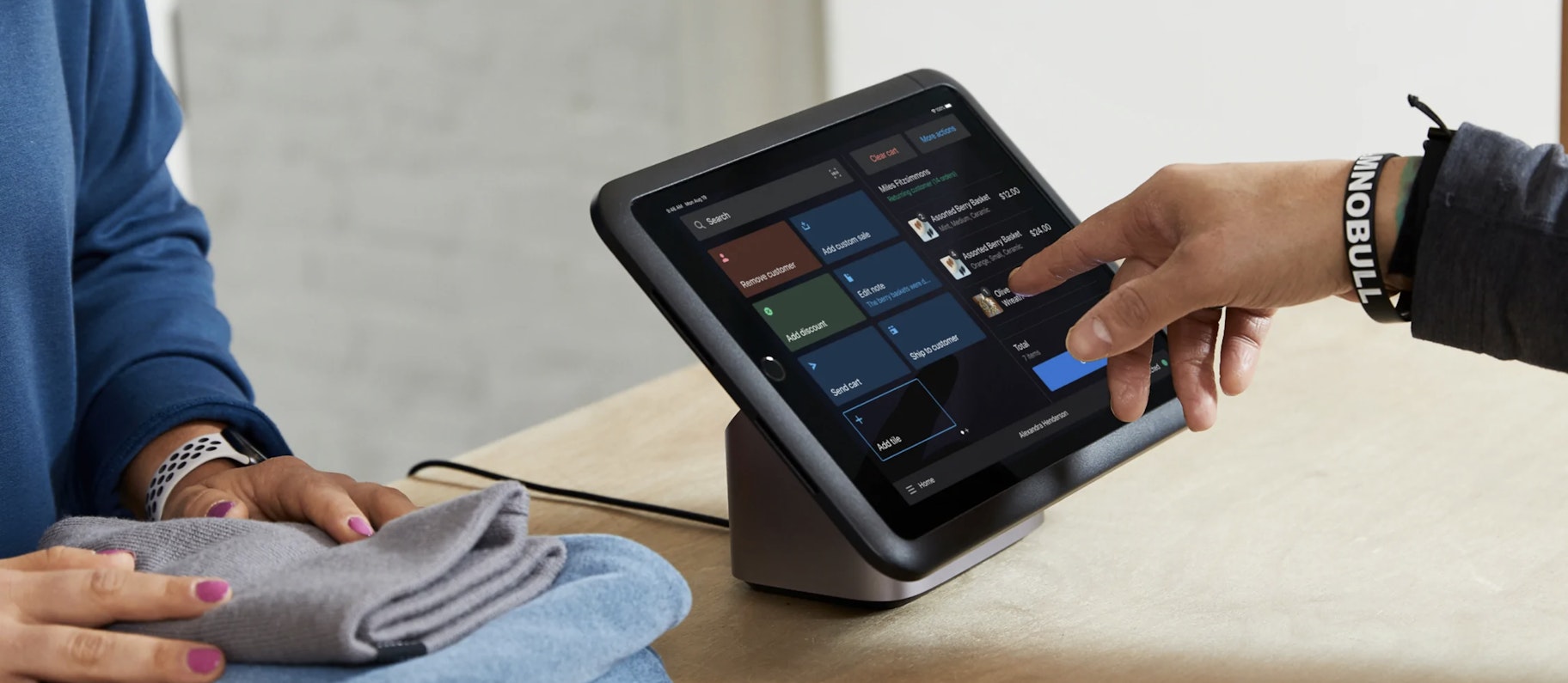Running an online store and exploring selling products in person? You’ll need a point-of-sale (POS) system to check out customers and accept payments.
But finding the right POS system for your business can be challenging. With a vast array of options, features, and reviews to compare, knowing which POS to choose can feel daunting.
That’s why we’ve prepared this comprehensive guide to POS systems. Read on to learn everything you need to know to choose the best point-of-sale solution for retail selling.



What is a point of sale?
A point of sale, or point of purchase, is the place in your retail shop where transactions are completed. Think of your store’s checkout counter—that’s your point of sale because it’s where you check out shoppers, take payments, and issue receipts.
What is a POS system?
A point-of-sale (POS) system is the software and hardware that helps your business make sales and accept payments from customers in person. It works just like a cash register, except that it lets you track sales, manage inventory, collect customer contact information, and much more. Modern POS systems also route funds to your bank account after each sale (no bank visit required).
How does a POS system work?
A POS system calculates the total price of a customer’s order, processes the payment, and updates inventory levels to reflect the sale. The typical POS workflow involves four steps, explained as follows:
- A customer chooses to buy your products.
- Your POS system calculates the sum of all items.
- The customer pays.
- The point-of-sale transaction is settled.
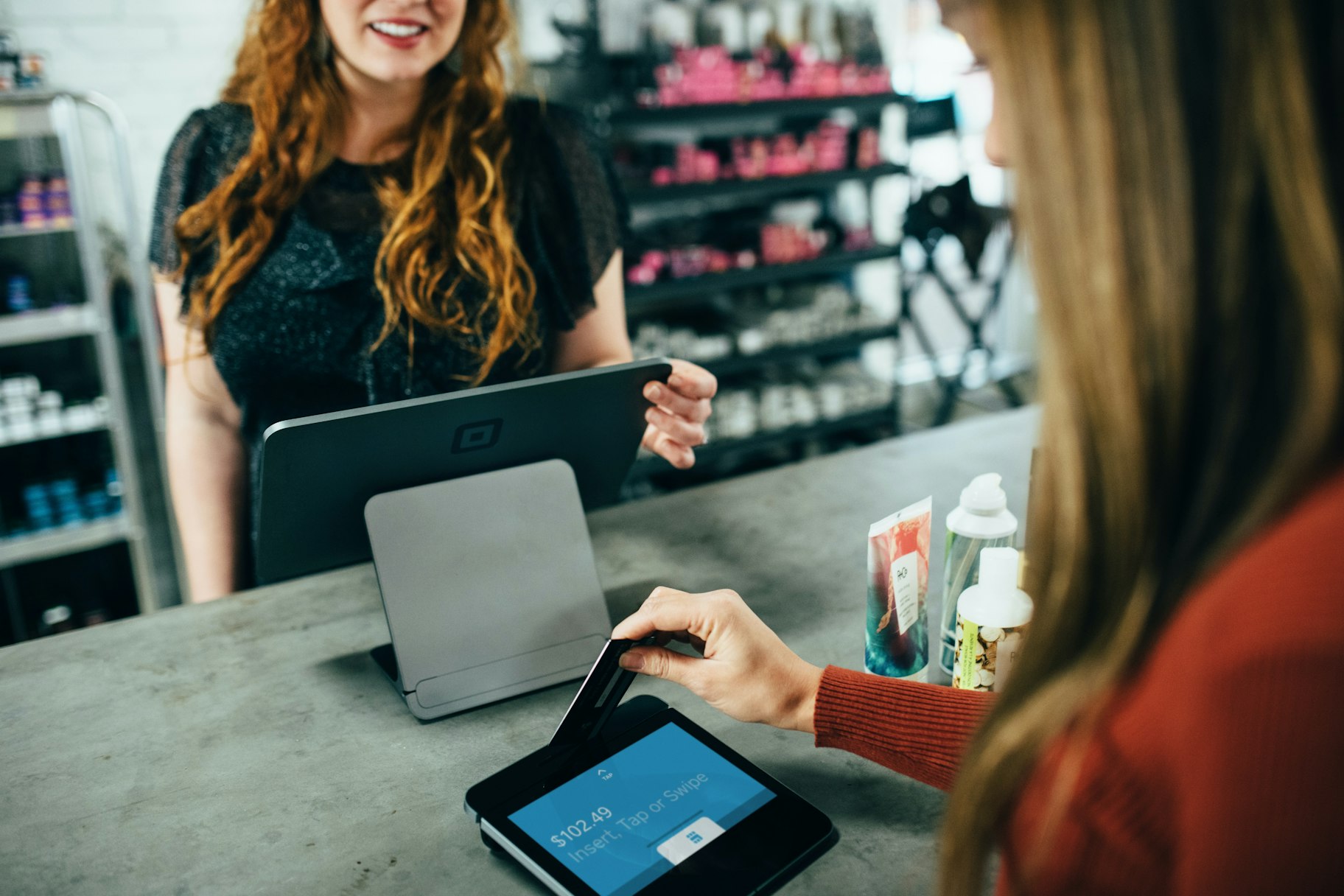
A customer chooses to buy your products
As consumers browse your store’s inventory, you can check stock levels and prices in the POS system. Once the consumer is ready to purchase, use the bar code scanner to add items to their cart. If you’re using Shopify POS, you can use the camera on your tablet or smartphone to scan product labels.
Your POS system calculates the sum of all items
Next, your POS system calculates the total cost of all items—including any sales tax—and then updates your inventory to reflect sales made. This is also where you can apply discounts or promo codes to build customer loyalty.
The customer pays
To pay for their purchase, customers will use their credit card, debit card, gift card, cash, or a digital wallet like Google Pay or Apple Pay. You can also choose to accommodate split payments—where you accept two or more payment types in a single transaction.
The point-of-sale transaction is settled
Once the payment goes through, the transaction is officially settled. At this point, you’ll issue a receipt by printing or emailing one to the customer. The receipt will serve as proof of the POS transaction or purchase.
Benefits of using a POS system
Today’s POS systems offer functions that go beyond administering transactions or purchases. With point-of-sale solutions like Shopify POS, you can:
Accept payments anywhere
A distinctive feature that separates modern POS systems from their traditional counterparts is mobile payment processing. Using this function, merchants can serve customers and take payments anywhere you have internet connectivity—whether it’s at a fair, inside your store, or somewhere in between.
Centralize your inventory management
Inventory management can be a complex beast when you use different methods to manage online and in-person sales. But point-of-sale systems like Shopify POS unify your sales channels and make it possible to run your entire business from one platform. Inventory levels are updated automatically for your ecommerce store and retail outlet as products are sold, received, exchanged, or returned in-store or online.
Create in-depth customer profiles
Modern POS systems also help you collect, manage, and analyze customer information. You can build profiles that store customers’ purchase history, lifetime value, notes, and contact information. See everything a customer has bought from you both online and in-store, and then suggest more relevant products to increase your average order value.
Improve in-store sales
The right POS features can increase store foot traffic and help you make more sales. For instance, Shopify POS lets merchants send follow-up emails to indecisive shoppers about the products they were interested in but didn’t buy. Sometimes, a reminder is all you need to convert shoppers into buyers.
What features are essential to a POS system?
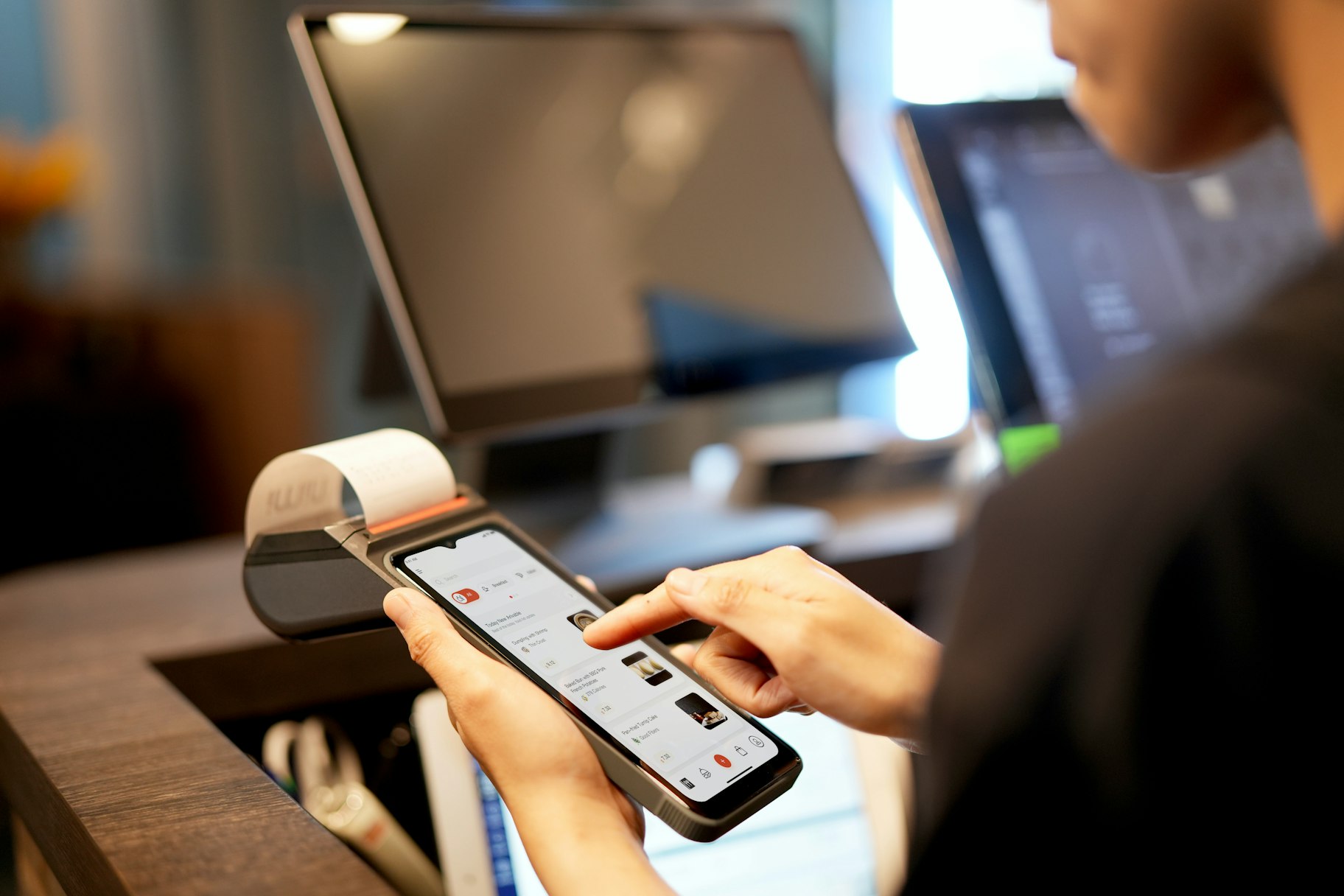
When comparing POS systems, there are certain features you should look for, including:
Integrated payment processing
The drawbacks of using third-party payment processors are no secret. With hidden fees, locked contracts, and lengthy payout schedules, they make managing cash flow far more difficult than it needs to be.
But modern POS systems come integrated with PCI-compliant payment processing (no need for a PCI compliance checklist). Shopify POS, for instance, lets merchants accept all popular payment methods—from debit cards and credit cards to Samsung Pay and Google Pay—as well as track both online and in-store transactions from Shopify’s user-friendly back end.
Multichannel inventory management
Choose a POS system that helps you manage inventory across multiple channels, including your online store, multiple store locations, and warehouses. This will help you order enough stock to satisfy customer demand while avoiding overstocking (or tying too much capital with too much inventory).
Plus, smart inventory management will save you from manually tracking and reconciling stock each day to ensure the inventory availability on your online store matches the actual stock available in your stores and warehouses.
Mobile checkout
Let’s be honest: no one likes waiting in line to pay. And thankfully, modern POS systems combat this by bringing the checkout to customers. Mobile POS allows you to look up inventory, take payments, and process returns without leaving the customer’s side.
If you often find yourself dealing with more than one customer at a time, mobile POS solutions let you save the customer’s cart and retrieve it later. This enables you to switch from one interaction to the next without losing order details, which results in a smoother overall checkout process.
Flexible order fulfillment options
Flexibility is one of the top things modern consumers look for when buying from retailers. Whether it’s in-store, online, or through social media platforms like TikTok—you need to build a buyer’s journey that puts customers in control of the purchase process.
Choosing a POS system that integrates well with your ecommerce platform makes the task easier. With Shopify POS, you can unify your offline and online sales channels and let people discover, shop, and receive purchases however is most convenient for them.
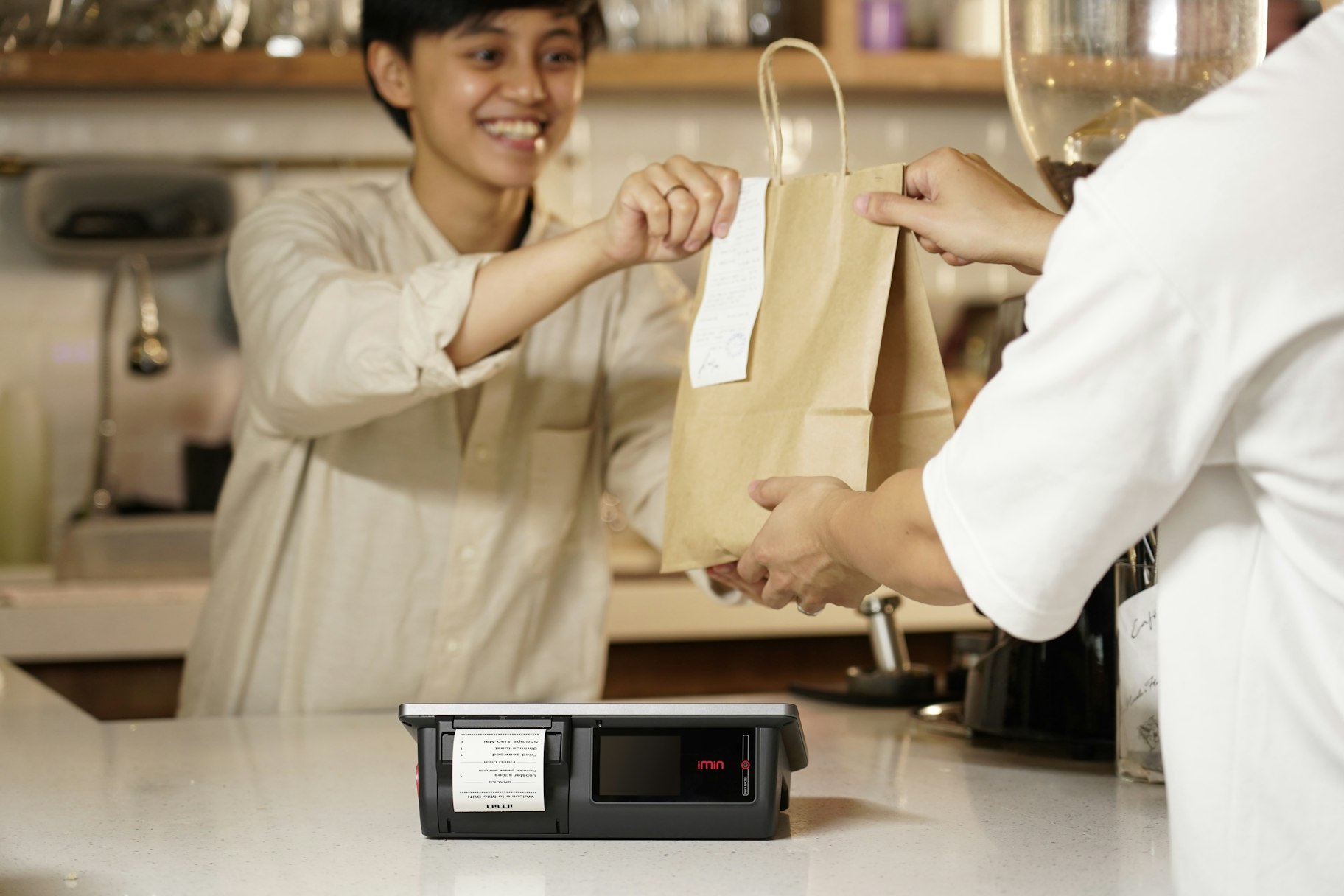
How to choose the best POS system?
Whether you’re considering trying your hand at offline selling or replacing the current POS in your retail store, it’s critical to choose a POS system that supports your business needs.
Finding the right POS system requires a fair bit of research and assessment, but the return on your investment will be worth it. Start by considering your existing needs, but also think ahead to the future. Do you want to sell both in-store and online? Do you want to expand your retail footprint?
Ideally, the POS system should help you:
- Offer flexible purchase, payment, and delivery options
- Serve multiple customers effectively
- Make flexible returns and exchanges (e.g., buy online, return in-store)
- Sell everywhere your customers are
- Gain visibility into your inventory across all locations
- Access order histories, customer profiles, and loyalty programs
- Share information with your other business systems (e.g., CRM, email marketing software, etc.)
Get the best POS system for retail
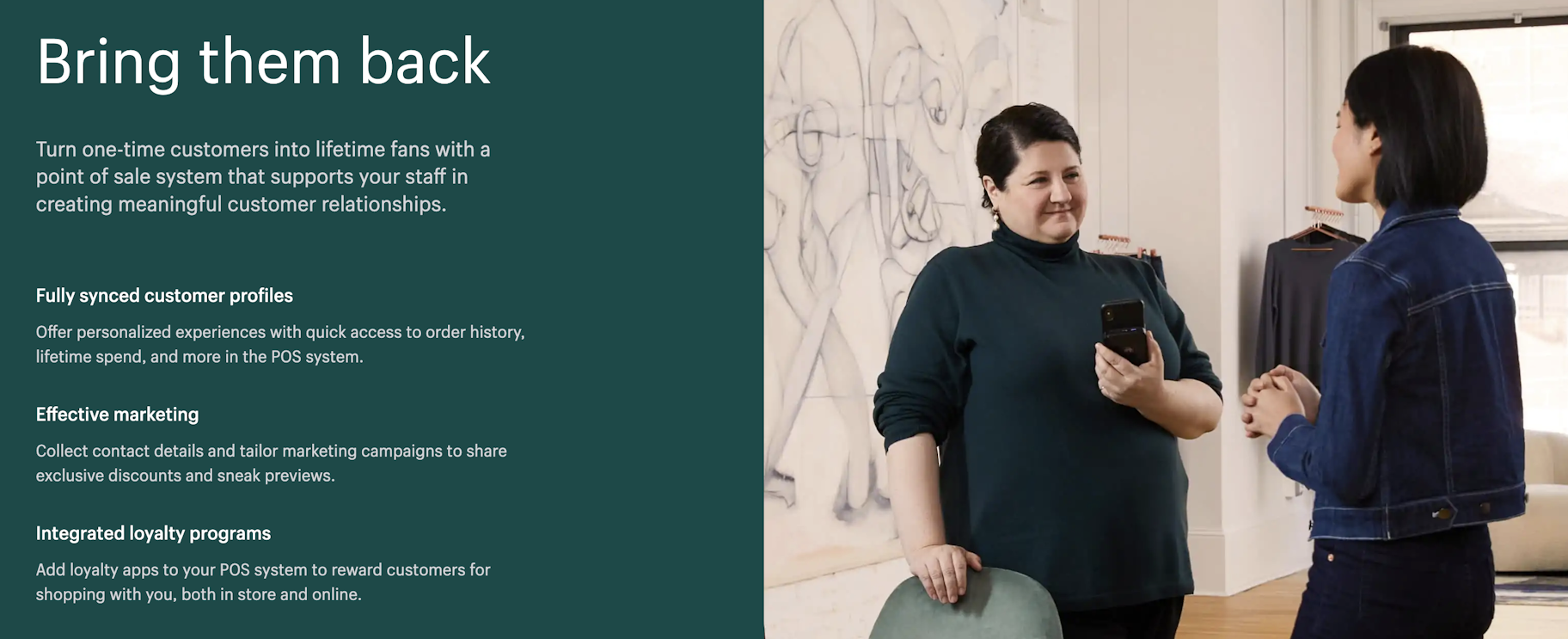
Shopify POS comes with all these capabilities and more. With Shopify’s point-of-sale, you can manage your physical store and online store inventory in one place and access hundreds of reports that unify your sales data. Plus, you get omnichannel features that let you sell everywhere your customers are. For businesses that want to delight, convert, and retain customers, Shopify POS is the best POS system.
Point-of-sale (POS) system FAQ
What does a POS system include?
A point-of-sale system typically comprises both hardware and software. The POS hardware includes devices like a credit card reader, bar code scanner, cash register, and receipt printer. Most POS systems also include software that works on a mobile device, like a tablet or a smartphone.
How much does a POS system cost?
The cost of a POS system depends on what features you want and how many stores you operate. If you own a small brick-and-mortar shop and want something to accept cash payments, you can use Shopify POS lite for free. For multiple store locations and advanced features like inventory adjustments, Shopify offers a Pro version of its POS system that costs $89 per month per location.
What is a POS system example?
Shopify POS is a popular example of a POS system. Retailers can use Shopify POS to process financial transactions and maintain optimal stock levels in their brick-and-mortar outlets. You can even use Shopify’s point of sale to identify trends based on recent product performance or seasonality.



